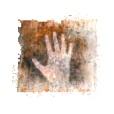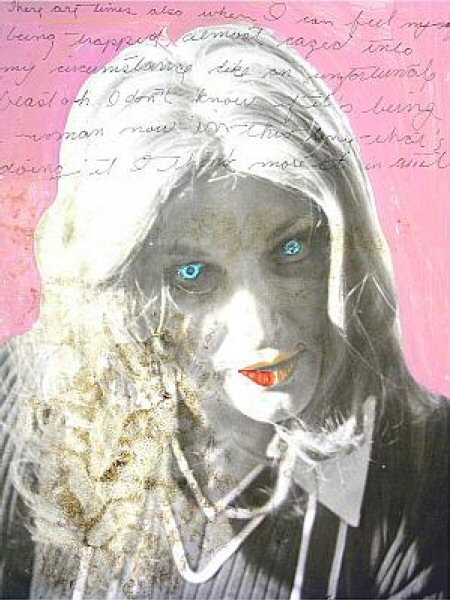Please wait a few moments while we process your request

Lynn Hershman
Life to the Second Power: Animating the Archive
Life to the Second Power aims to turn the archive of Lynn Hershman Leeson, now housed in the Special Collections Library at Stanford University (California), into a new mixed reality and dynamic experience, where visitors to an online world can explore the fragmentary remains of past works and co-create new works under an overarching narrative of lost and found identities. Converting the archive into a digital format of hybrid genre will also expand the audience for this material.
Using content drawn from the archive, fragments of information embedded within the storyline of a crime scene will reveal multi-level clues, each of which guides the search for a lost identity. Underlying conspiratorial motivations, duplicity, speculation and surveillance systems, and rendered drawings of the tracking process will become components of this situational strategy. The artist will integrate the A.I. brains (artificial intelligence) of several existing characters in the archive (Agent Ruby and DiNA) into new characters, and a new “bot” character will be created to incorporate deviance into its code stream.
The context for this project is the crucial issue of documentation in the contemporary arts and humanities. What comes after works of contemporary art such as those the artist has produced, which involve event, installation, performance, and intangible avatars and stories that raise questions about virtuality, cloning, bioethics, and artificial intelligence? This question concerns the archiving of works of art that have none of the essential material forms of text, image or artifact.
The project will address and answer this question by taking a new approach to the use of archives – an approach that combines the insights gained from new media art, game technology and design, and historical/archaeological research. The traditional notion of "document" will be replaced by co-creative remaking. Rather than conventionally digitizing such archive items as texts, images and films and making them available in a static repository, this project will seek to invigorate the archives through immersion, interactivity and play.
Using content drawn from the archive, fragments of information embedded within the storyline of a crime scene will reveal multi-level clues, each of which guides the search for a lost identity. Underlying conspiratorial motivations, duplicity, speculation and surveillance systems, and rendered drawings of the tracking process will become components of this situational strategy. The artist will integrate the A.I. brains (artificial intelligence) of several existing characters in the archive (Agent Ruby and DiNA) into new characters, and a new “bot” character will be created to incorporate deviance into its code stream.
The context for this project is the crucial issue of documentation in the contemporary arts and humanities. What comes after works of contemporary art such as those the artist has produced, which involve event, installation, performance, and intangible avatars and stories that raise questions about virtuality, cloning, bioethics, and artificial intelligence? This question concerns the archiving of works of art that have none of the essential material forms of text, image or artifact.
The project will address and answer this question by taking a new approach to the use of archives – an approach that combines the insights gained from new media art, game technology and design, and historical/archaeological research. The traditional notion of "document" will be replaced by co-creative remaking. Rather than conventionally digitizing such archive items as texts, images and films and making them available in a static repository, this project will seek to invigorate the archives through immersion, interactivity and play.
Jacques Perron © 2006 FDL
Related page:
 Lynn Hershman
Lynn HershmanLynn Hershman Leeson was born in Cleveland, Ohio, where her father had immigrated from Montreal.
External link:
Lynn Hershman Leeson:
http://www.lynnhershman.com
http://www.lynnhershman.com



